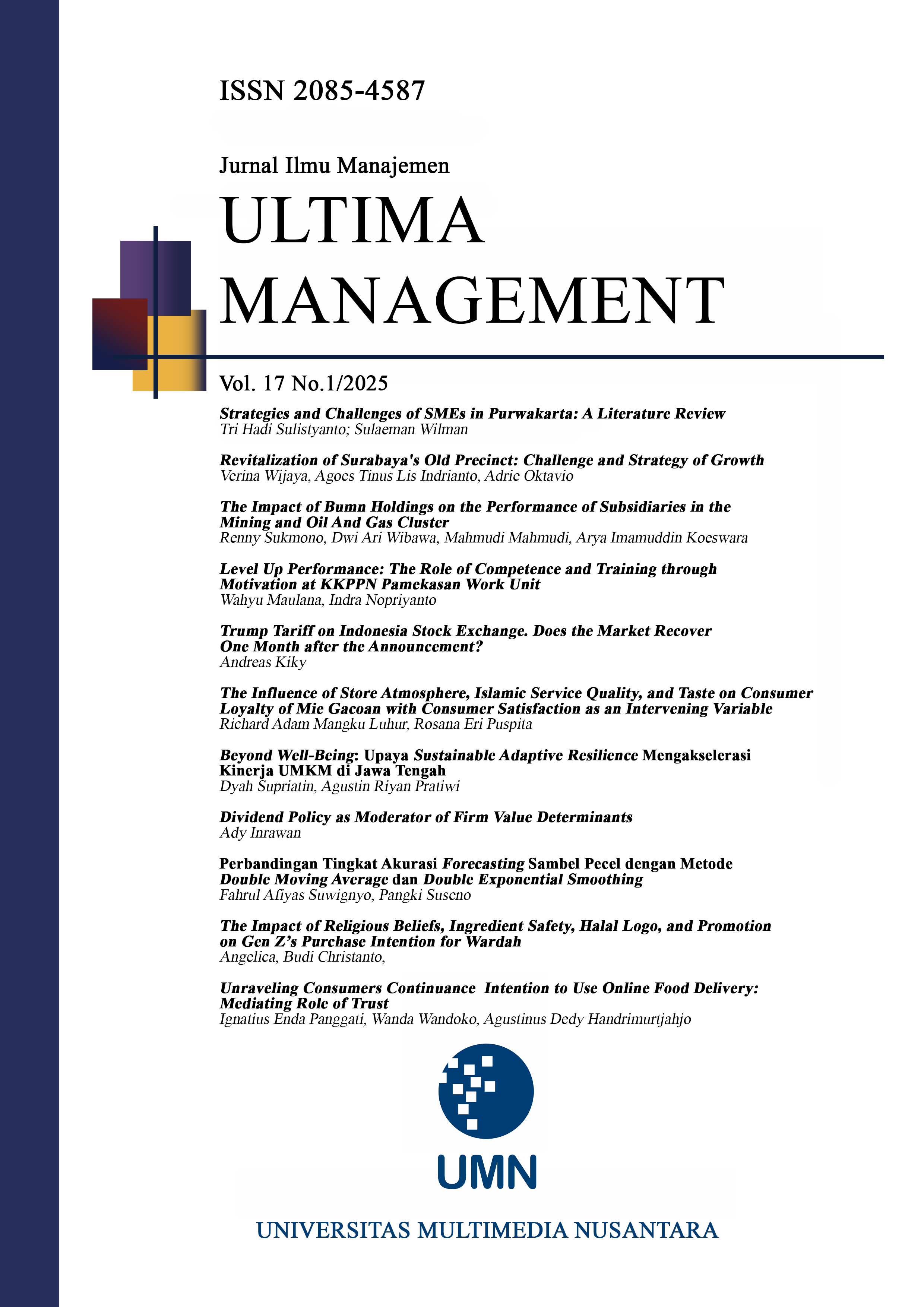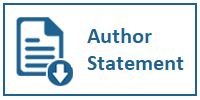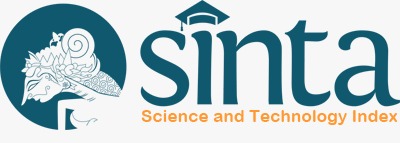THE IMPACT OF BUMN HOLDINGS ON THE PERFORMANCE OF SUBSIDIARIES IN THE MINING AND OIL AND GAS CLUSTER
DOI:
https://doi.org/10.31937/manajemen.v17i1.4142Abstract
Abstract-As a form of state-owned enterprises (BUMN) restructuring program, the government established several BUMN holdings. The ultimate goal of forming a holding company is that the company can have a strong position in the competition among its competitors. One of BUMN's contributions to the country is reflected in dividend payments. Dividends are one of the PNBP. This research analyzes the differences in PNBP from dividend payments before and after the policy of implementing BUMN holding in the mining and oil and gas BUMN cluster, case studies at PT Aneka Tambang (Antam) and PT Perusahaan Gas Negara (PGN). The analysis was carried out using profitability, solvency, liquidity and company operational costs (BOPO) ratios. This research uses the average difference test method for two independent samples. Based on tests on PT Antam's financial variables, it was found that holdingization has not had a significant impact on net profit margin (NPM), Debt to Equity Ratio (DER), dividend payout ratio (DPR) and BOPO. Another result is that the average current ratio (CR) before holding is lower compared to after holding. Based on tests on PT PGN's financial variables, it was found that holdingization has not had a significant impact on DER, DPR and BOPO. Meanwhile, testing the average CR shows that the average CR before holding is lower than after holding. Based on interviews with the management of PT Antam and PT PGN, they stated that the formation of the holding company had not had a significant impact on the company's performance.
Keywords: Holding; Net Profit Margin (NPM); Debt To Equity Ratio (DER); Dividend Payout Ratio (DPR); Current Ratio (CR); Liquidity And Company Operational Costs (BOPO) Ratios
Downloads
Downloads
Published
How to Cite
Issue
Section
License
Copyright (c) 2025 Renny Sukmono, Dwi Ari Wibawa, Mahmudi Mahmudi, Arya Imamuddin Koeswara

This work is licensed under a Creative Commons Attribution-ShareAlike 4.0 International License.
Authors retain copyright and grant the journal right of first publication with the work simultaneously licensed under a Creative Commons Attribution-ShareAlike International License (CC-BY-SA 4.0) that allows others to share the work with an acknowledgement of the work's authorship and initial publication in this journal.
Authors are able to enter into separate, additional contractual arrangements for the non-exclusive distribution of the journal's published version of the work (e.g., post it to an institutional repository or publish it in a book), with an acknowledgement of its initial publication in this journal.















